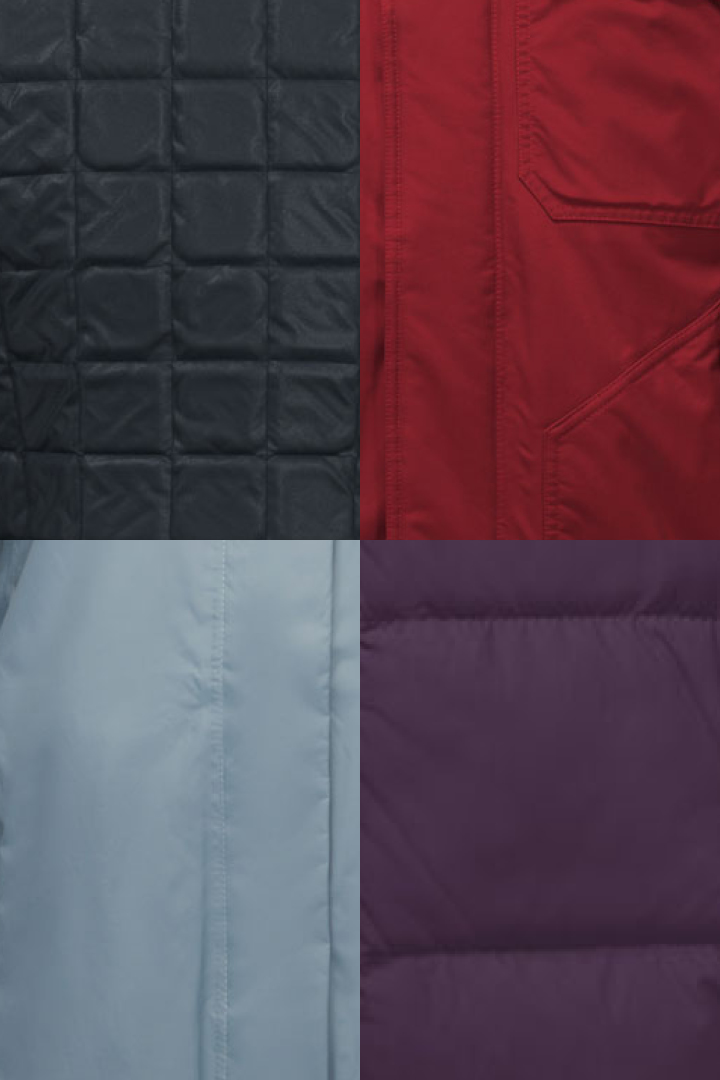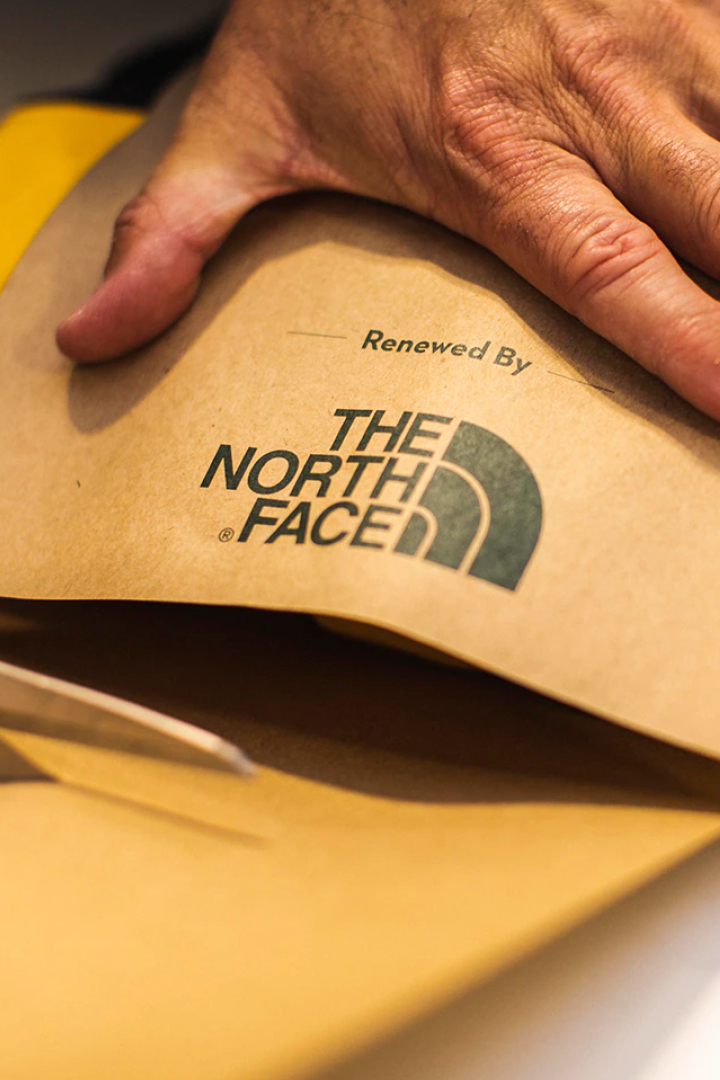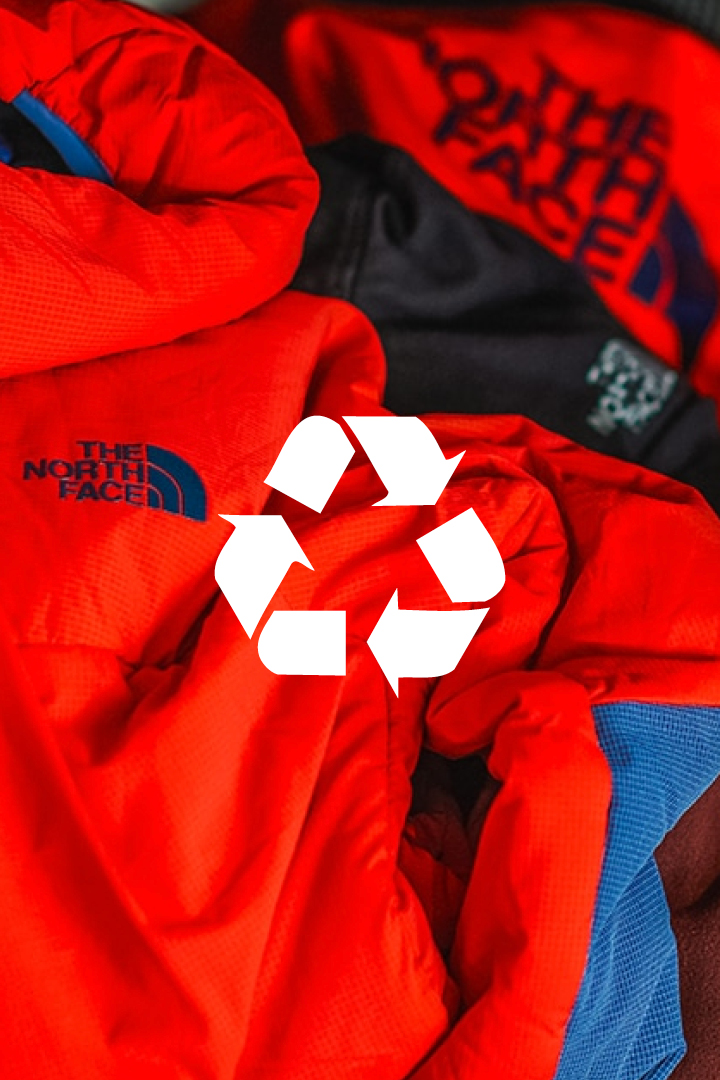SAIL and Smartwool recycle your socks for Earth Day Month
Eco-Friendly Brands | March 10, 2024
SAIL
October 12, 2022

You may have been asking yourself more and more questions about the ecoresponsibility and sustainability of your clothing over the years. If you are an outdoor enthusiast and have nature at heart, chances are you have asked yourself this question: is The North Face sustainable? Let’s discover the brand’s commitment to future generations and its various recycling and circular design methods that make sure to contribute to a better environment for all.
In this article, you will discover more about The North Face’s sustainability strategy:
As a brand dedicated to helping you enjoy the outdoors, The North Face has created during its lifetime an environmentally friendly policy for its production. As a matter of fact, the team has announced four eco-friendly commitments that lead every step of its efforts. Let’s uncover these guiding lights for the brand:
You will discover a little further the circular design that The North Face has implemented on its production line. But first, let’s define scale circularity. What does this concept mean exactly? In essence, it is all about creating products that are easier to recycle and reuse from the outset, thus minimizing their chances of ending up in landfills.
As stated on The North Face website, every second, the equivalent of a garbage truck full of fabric or clothing is incinerated or dumped in a landfill somewhere in the world. These numbers are frightening, which is exactly why the company’s designers decided to work on reducing the average 87% of materials that were previously wasted in the production of their designs.
The first principle of scale circularity is to strive for sustainability at every level, starting with the use of materials that are easier to recycle. In addition, The North Face recycles used gear and turnis it into raw materials to create new trends and designs. These are either covered by a lifetime warranty or are part of their The North Face Renewed Collection or Clothes the Loop program.

Of course, a brand’s creation of equipment, clothing and footwear also requires the involvement of multiple suppliers and retailers in order to get to the final product. These companies are joining forces with The North Face to reduce the global environmental footprint and ensure that their shared values and goals have a real impact and foster change across the whole industry.

Carol Shu, Senior Manager of Sustainability at The North Face, recently proudly announced the brand’s first-ever circular collection. But what is circular design and what does it actually mean for the consumer?
Circularity is firstly about increasing product sustainability by reducing their environmental footprint. This means that products can be recycled after their current lifecycle and put to a new use. For this, mono-materials are key, for example recycled polyester.
Essentially, circular design is basing decisions and fabric selection processes on reducing pollutants and waste, while keeping durability and quality in mind. Here are some of the steps The North Face is taking to increase its sustainability and environmental impact.
Testing and trials are carried out using recycled cotton shirts and sweatshirts as well as scraps of fabric. Clothes and pieces of fabric are sorted by colour, cut, frayed, recut, and shredded into smaller and smaller pieces until the fibre is small enough to be spun into thread. This thread can then be reused to create new apparel!

For example, for an insulated parka, results are as high as 97% of recovered materials in 8 seconds. The only elements that can’t be recycled are the top and bottom of the zippers, which is quite impressive.
All products have labels that tell consumers what to do once they are ready to dispose of them. There is a scannable QR code that leads to a website detailing exactly what steps need to be taken to return the garments to The North Face.
A side seam also contains a disassembly label, which tells traditional recyclers how complex it is to disassemble the garment using a number system. The higher the number, the greater the complexity.
When customers return their products to a store, these are then shipped to The North Face Renewed facility where they are washed, cleaned and resold if possible, giving used items a new life. Otherwise, the items are donated or recycled through partners, starting a whole new life cycle!
Of course, The North Face continues to work on more sophisticated multi-layer fabrics for technical outerwear to make it more durable. The brand is also working to develop new membranes that are mono-material and therefore easier to recycle. So, is The North Face a sustainable brand after all? It may not be 100% yet, but the group is making every effort to get there one day, and that day is fast approaching!